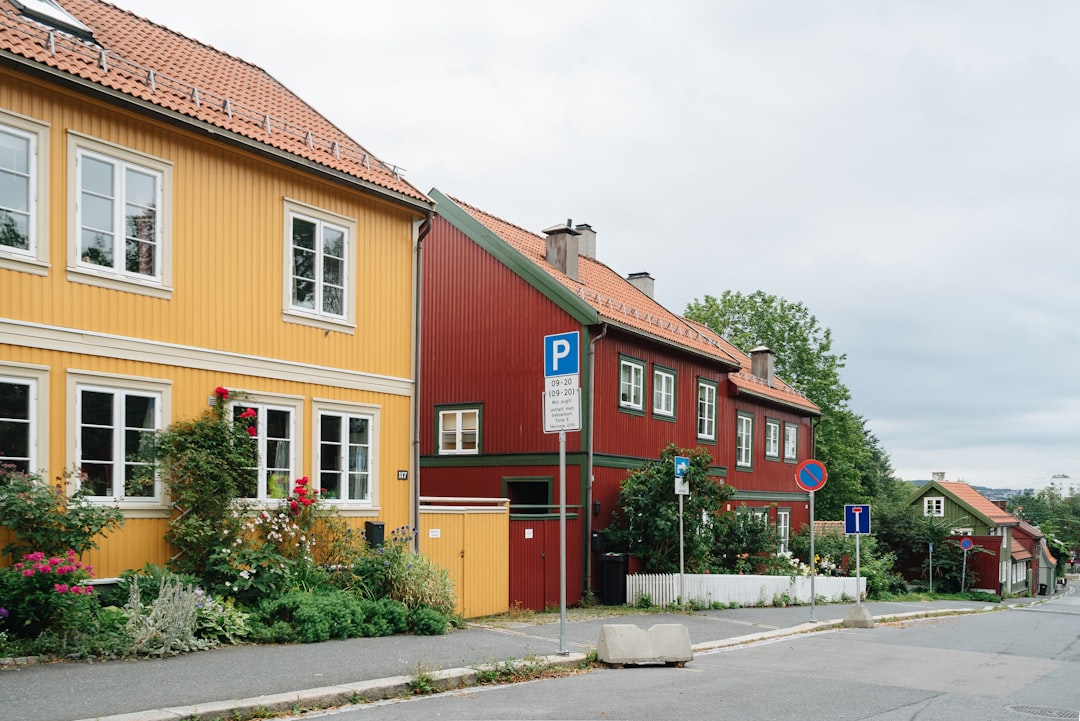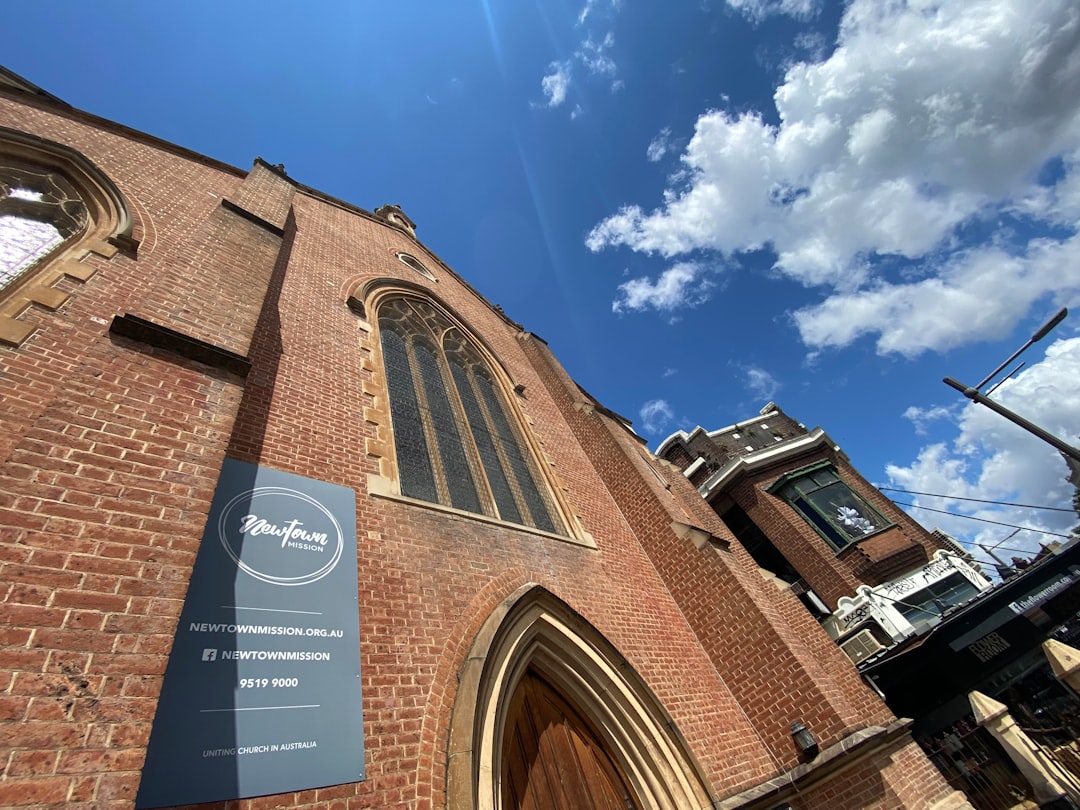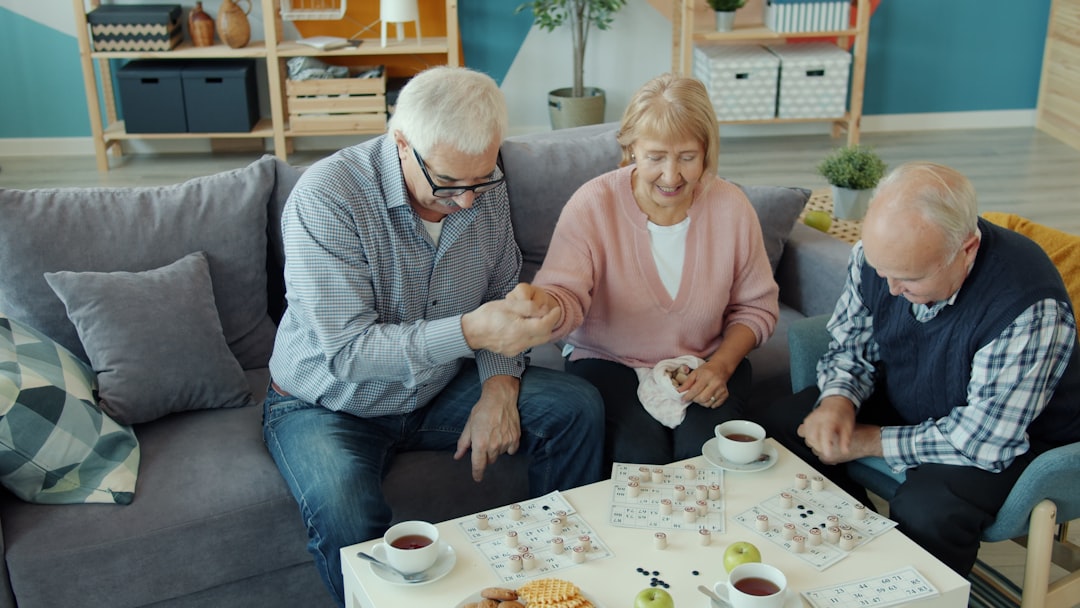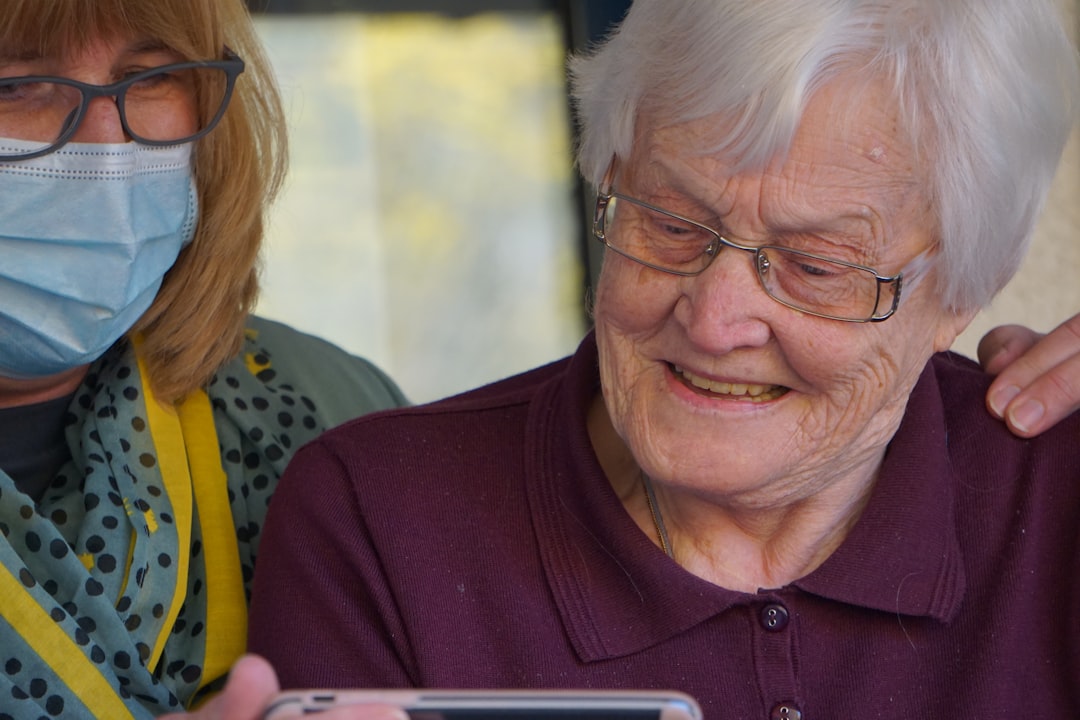Supporting Seniors in Sheltered Housing: A Family Perspective

Supporting seniors in sheltered housing is a complex yet rewarding experience that requires careful planning, empathy, and knowledge. Families and caregivers play a pivotal role in ensuring that seniors feel comfortable, safe, and cared for within these specialized environments. Understanding the dynamics of sheltered housing, the nuances of caregiver support, and the admission procedures can greatly enhance the experience for both seniors and their families.
Understanding Sheltered Housing
What is Sheltered Housing?
Sheltered housing is designed for older adults who are relatively independent but may benefit from some assistance to manage daily activities. These accommodations typically provide a balance of privacy and support, offering residents their own living space while also ensuring access to communal areas and services like meals or recreational activities. The aim is to promote independence while fostering a sense of community among residents.
Benefits for Seniors
Living in sheltered housing offers numerous benefits. Firstly, it's a safe environment equipped with features such as grab bars and emergency call systems, minimizing risks associated with aging. Secondly, the social aspect helps combat loneliness. Regular activities and communal gatherings encourage interaction, which can significantly improve mental health. Additionally, many facilities offer regular healthcare support, easing the burden on families who might otherwise be responsible for managing medical needs.
Navigating Caregiver Support
The Role of Caregivers
Caregivers often serve as the backbone for seniors in sheltered housing. Their roles can vary widely; they might assist with daily tasks such as cooking or personal hygiene or provide emotional support by simply being present. Understanding the multifaceted nature of caregiving is vital. It’s not just about physical care; emotional and psychological well-being is also a significant aspect of what caregivers provide.
Support Mechanisms for Caregivers
There are multiple resources available to support caregivers. Education plays a crucial role—many organizations offer workshops to teach caregiving skills and coping strategies. Support groups also exist where caregivers can share experiences and offer mutual encouragement. This network not only alleviates feelings of isolation but enriches the caregiving experience through shared insights.
Admission Procedures for Sheltered Housing
Preparing for Admission
The admission process is often the first hurdle families face when looking into sheltered housing for their loved ones. It usually begins with a comprehensive assessment to understand the senior's needs—both physical and psychological. Documentation such as medical histories and personal preferences are integral during this stage, ensuring that any specific requirements or concerns can be addressed from the outset.
The Application Process
Once assessed, families will typically need to complete an application form specific to the sheltering facility they choose. This form usually requires detailed information about the senior’s living conditions, medical status, and any disabilities they may have. Many facilities also conduct interviews with both the senior and their family members to ensure everyone’s expectations align.
Waiting Periods and Notifications
After applications are submitted, families often face a waiting period before being notified about acceptance into the shelter. This duration can vary significantly depending on demand and availability. Staying proactive during this time, such as checking in regularly with facility staff, can help ensure you stay informed about your loved one’s application status.
Guidance for Families
Communicating Effectively
Effective communication is vital in creating a positive living experience within sheltered housing. As family members, expressing concerns or preferences regarding care should be done openly with caregivers and staff at the facility. This dialogue fosters collaboration between families and facilities, leading to better outcomes for seniors.
Involvement in Daily Activities
Encouraging family involvement in various activities can significantly enhance a senior's quality of life in sheltered housing. Whether it’s arranging for family visits or participating in community events, these interactions keep seniors connected to their loved ones while providing emotional support that enhances their well-being.
Advocating for Their Needs
Being an advocate for your loved one is another essential role families must embrace. This means being alert to changes in their mood or health and voicing any concerns promptly to caregivers or medical professionals involved in their care plan. Effective advocacy ensures that seniors receive appropriate medical attention and feel heard in their living environment.
Key Takeaways: Supporting Seniors in Sheltered Housing
- Understanding what sheltered housing provides can ease transition pains.
- Caregivers play a fundamental role both physically and emotionally.
- Familiarity with admission procedures can alleviate stress during initial transitions.
- Open communication between families and staff enhances experiences.
- Actively participating in life within the shelter nurtures emotional connections.
- Advocacy is key; always voice concerns when changes arise.
Starting this journey alongside your loved one requires not just patience but also an eagerness to learn about all available resources and supports tailored specifically to seniors’ needs. With thoughtful engagement and empathy, I believe that together we can create enriching environments that honor our seniors' dignity while providing them with the joy of independence. Pour approfondir vos connaissances sur les options disponibles pour soutenir les personnes âgées dans des environnements comme le logement protégé, vous pouvez consulter stscholasticas.co.uk, qui propose des informations utiles et des ressources pertinentes pour aider dans ce processus crucial.




